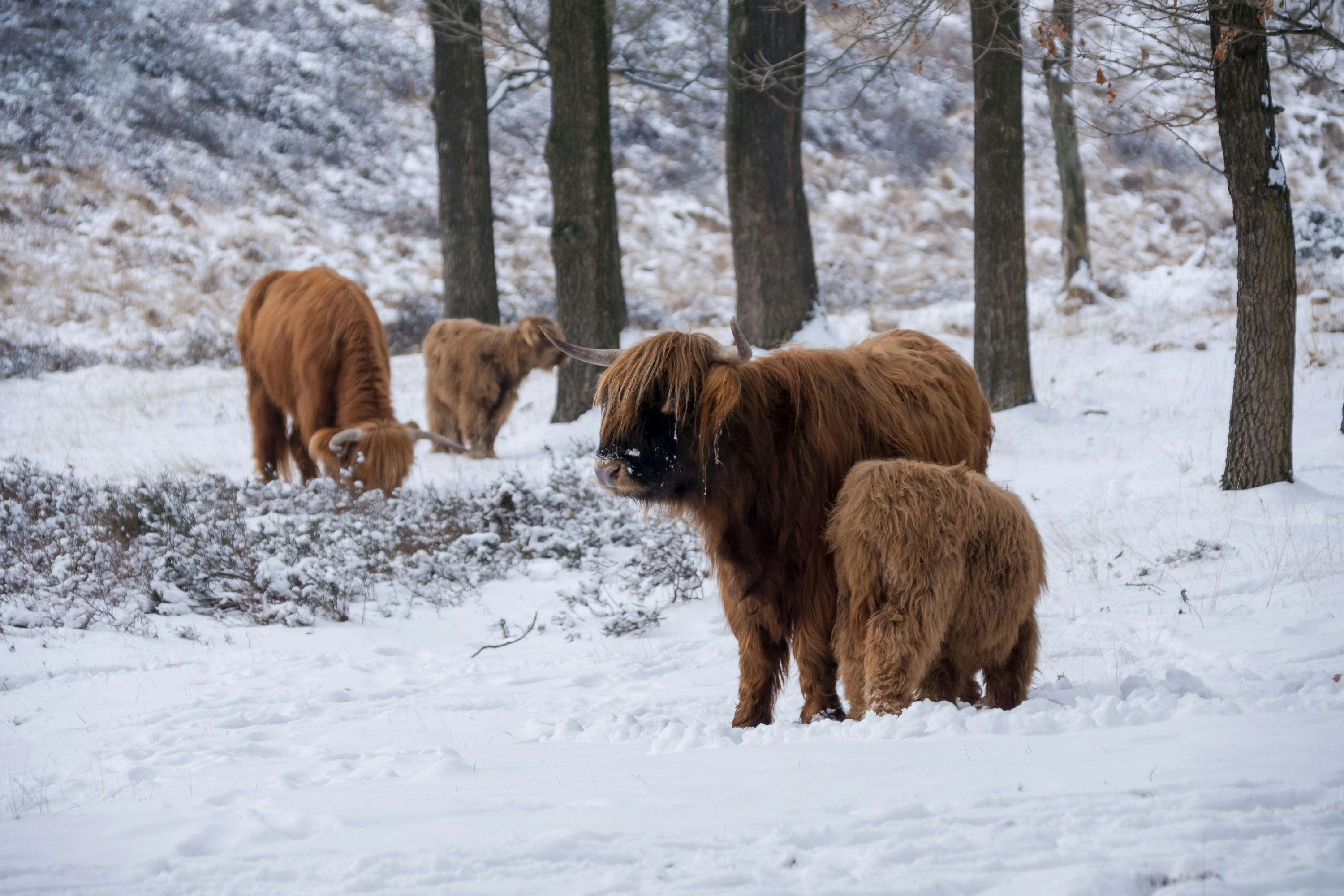
Reducing Fuel Costs and Labor During Winter Feeding: Work Smarter, Not Harder
Winter feeding can be one of the most labor- and fuel-intensive periods of the year for ranchers. Short days, frozen roads, and dispersed pastures make daily feed runs a major undertaking. Reducing unnecessary trips and optimizing feeding routines can save thousands of dollars annually. With Barn Owl cameras, ranchers can monitor feeding sites, track livestock behavior, and make smarter decisions — all while reducing labor and fuel use.
Why Efficiency Matters in Winter Feeding
The costs of winter feeding extend beyond hay and feed. Ranchers often spend significant amounts on:
-
Fuel for trucks and ATVs driving to distant pastures
-
Labor for distributing feed multiple times per day
-
Maintenance of frozen or muddy access roads
-
Wasted feed from overfeeding or poorly timed deliveries
Optimizing feeding schedules and knowing exactly when livestock are accessing feed can dramatically improve efficiency.
Using Barn Owl Cameras to Optimize Winter Feeding
Barn Owl cameras provide ranchers with real-time insights into livestock behavior, enabling more efficient feeding routines.
Key Benefits:
-
Monitor Feed Site Usage
Placing cameras at key feeding locations allows ranchers to see when cattle or other livestock arrive and how long they spend feeding. This helps determine the optimal feeding frequency, preventing overfeeding and reducing wasted feed. -
Reduce Fuel and Labor
Instead of driving to every pasture daily, ranchers can check camera feeds remotely. Barn Owl’s RangeCam Live provides instant visibility from a smartphone or computer, reducing unnecessary trips in icy or muddy conditions. -
Track Herd Behavior
Understanding herd patterns — when animals typically arrive to feed or if certain animals are avoiding feed — allows ranchers to make adjustments in feeding strategies or placement of feed bunks. -
Plan Winter Rotations
Camera data can inform rotation schedules to balance pasture use with feed availability, ensuring livestock are grazing efficiently while supplemental feed is strategically deployed.
Practical Steps for Winter Feeding Efficiency
Here’s how ranchers can leverage Barn Owl cameras to cut costs and labor during winter feeding:
-
Install Cameras at High-Traffic Feed Sites
Position cameras to capture the main feeding areas or water/feeding combinations. -
Set Motion Alerts
Use motion detection to receive notifications when livestock arrive. This ensures feed delivery aligns with actual usage. -
Analyze Feeding Patterns
Review footage to determine peak feeding times and how feed is being consumed. Adjust delivery times to match natural herd behavior. -
Monitor Individual Animal Access
For mixed herds or animals with special dietary needs, cameras can help ensure all livestock are getting adequate feed. -
Integrate with Winter Rotation Plans
Use camera insights to plan pasture rotations, moving livestock when certain areas are fully grazed or when feed delivery needs adjustment.
Conclusion: Smarter Feeding Through Technology
Winter feeding doesn’t have to mean long hours, high fuel bills, and repeated trips across icy pastures. With Barn Owl cameras, ranchers can monitor herd behavior, plan feed delivery more efficiently, and respond quickly to potential issues. By integrating technology with smart winter grazing strategies, ranchers can save time, reduce costs, and keep livestock healthy throughout the cold months.
Share


